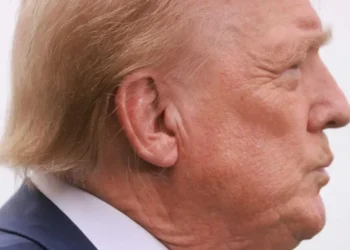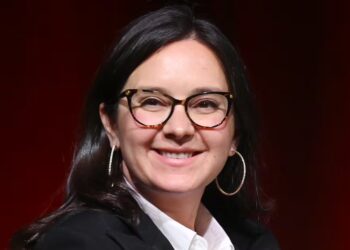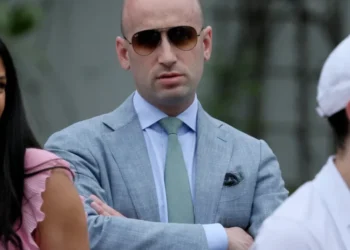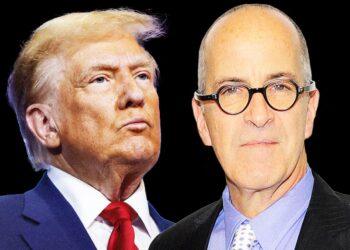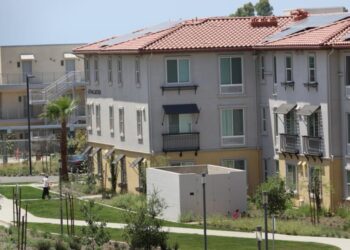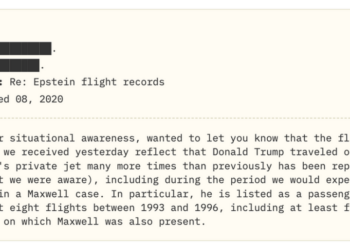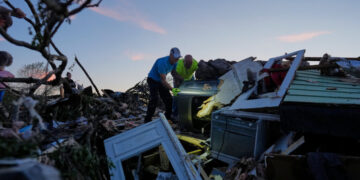Suspected drunk driver charged with murder in death of high school tennis star
An allegedly intoxicated driver who hit and killed high school tennis star Braun Levi in Manhattan Beach was charged with...
MAGA influencers ‘conspicuously quiet’ after Trump named in new Epstein files: NYT
New York Times writer Alan Feuer says pro-Trump influencers have “always had a lot to say about the Jeffrey Epstein...
NYPD, PBA strike deal to keep 31 rookie cops deemed unfit during hiring process on the force: ‘Fair, down the middle compromise’
A crew of 31 NYPD rookie officers, whom the city tried to boot after discovering shocking hiring errors, will now...
Jazz Jennings shares racy bathtub photo after 100-pound weight-loss transformation
Jazz Jennings’ stunning weight loss was evident in a bathtub photo she shared from a recent trip to Las Vegas....
‘Disturbing’: Defense lawyer says DOJ acting like ‘Trump’s personal attorney and PR firm’
Criminal Defense Attorney Stacy Schneider accused the Department of Justice (DOJ) under President Donald Trump of acting well beyond its...
‘60 Minutes’ Boasts About Ratings After Segment Spiking Saga
CBS is choosing an odd moment to brag about 60 Minutes’ ratings. The network’s communications arm announced on X Tuesday...
Sober for the holidays? Meet the Latinos behind these nonalcoholic brands
The holiday season is a time when you’re expected to indulge in a second serving of Christmas dinner — with...
‘Fire them!’ Stephen Miller flips out at CBS ‘revolt’ over shelved ’60 minutes’ report
Senior White House adviser and speechwriter Stephen Miller blew a gasket on Fox News Tuesday, amid reporting of internal anger...
Epstein’s Brother’s Wild Trump FBI Tip Revealed
Jeffrey Epstein’s brother claimed in an FBI tip that Epstein was killed in his jail cell because he was about...
Appeals court affirms federal judge’s order to build housing on the VA’s West Los Angeles campus
The U.S. 9th Court of Appeals has upheld a lower court order requiring the U.S. Department of Veterans Affairs to...




